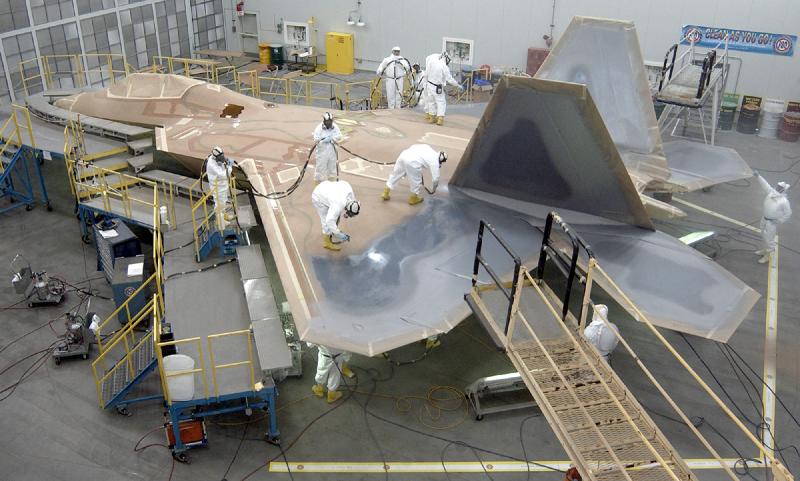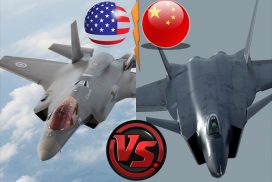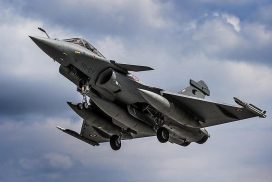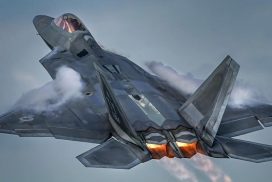Lockheed Martin’s F-22 raptor has proven to be a formidable warplane with its unique combination of stealth, speed, maneuverability, altitude and sensors. It’s simply the best air superiority fighter the United States has ever produced. But the U.S. Air Force is facing a real dilemma : not having enough dedicated air superiority fighters while Russia and China beef up their own strategic capabilities. Such challenges are compounded by the fact that the Air Force’s Lockheed Martin F-22 Raptor fleet was terminated after only 187 aircraft were built. This is less than half of the 381 jets that the service needed as a bare minimum. Air Combat Command commander Gen. Hawk Carlisle has been quoted as saying he would love to see the Raptor back in production. It was a short-sighted decision to end its production run prematurely.
While many within the Air Force and outside would love to see the Raptor back in production, it is not likely to happen. The primary reason for this is that the tooling and instructions for building the F-22 are not accessible. Even though Lockheed Martin and the United Air Force have supposedly made every effort to prevent this from happening, problems have emerged when maintenance crews have attempted to access equipment in order to repair damaged jets.
They faced severe difficulties with retrieving the correct tooling, and in one case, the Air force maintainers needed to build a particular component from scratch to replace damaged parts for an F-22. The containers housing the tooling and instructions to build the parts are often found empty, much to the frustration of the crews. As the issue still remains unresolved, it is clear that the Air Force would have to invest in additional time and money to restart the line.
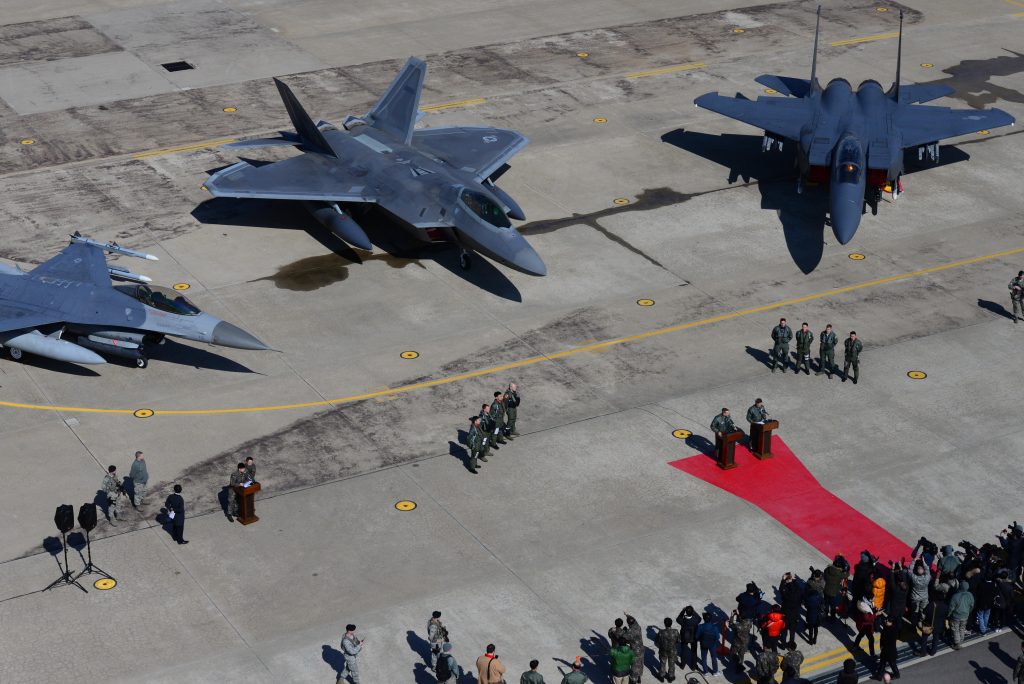
The second factor in the F-22 premature ending lies within the F-22 Raptor’s avionics, which were deemed dated even before the jet was declared operational in December 2005. Even though the Raptor is the most advanced operational warplane in the Air Force’s inventory, its computer architecture dates back to the early 1990s. The technology is dated and the jet may not be relevant to the threat environment past the 2030s.
Since it took so long to get the jet from the design phase to production, the Raptor’s software is particularly difficult to upgrade and the jet’s avionics would have to be completely revamped for a production restart. Not only are they obsolete, they also haven’t been made in decades and it would be a very expensive proposition at a time when the Air Force’s budgets are dwindling.
The third reason to consider is that the basic F-22 airframe design originates from the 1980s. The Raptor has been in service for a decade and the technology is old in regard to its stealth, propulsion, avionics and airframe design. The tech has come a long way since the F-22 was designed, and if the Air Force were to invest several tens of billions of dollars into the aircraft, they must ensure that it is still relevant to the threats that are expected decades from now. Essentially the aircraft should have been designed to be 30 years ahead from when it was made operational for it to stay contemporary.
By 2035, the Raptor will have been in service for 30 years and most of its systems would be hopelessly obsolete by then. The Air Force has actually no intention of restarting the Raptor production line. If one considers that PAK-FA and J-20 are both around the corner, it makes the Air Force’s decision even more compelling. The Air Force has already started laying the groundwork for a next-generation air superiority capability it is calling the F-X. We have no way of knowing how all this will play out, but it will surely have to be designed to fight the threats of the future.
How long would it take to retool a factory, train workers, acquire materials, and start building F-22 units?
If a war broke out, the US Air Force would absolutely need to have more F-22s as soon as possible. So how soon could they get a new one?
The answer is, not immediate. The tooling required for manufacture is not freely accessible and any air-frame cannot be assembled without the required tooling. In addition, the Air Force would have to re-acquire the technical expertise to build even a single part. The F-22 is a strategic weapon system which is essentially a deterrent to any strategy that major players like Russia and China implement. If the line needed to be restarted the US government and Air Force would have to move mountains to spin up production again.
After Lockheed Martin terminated F-22 production at its Marietta, Georgia, and Fort Worth, Texas, facilities, The House legislation has looked into the Air Force restarting the assembly line if the need arises. Congress has expressed keen interest throughout this year’s budget season in restarting the line. Air Force officials, on the other hand, have consistently dubbed reviving the Raptor line as a nonstarter, citing the enormous cost of the project.
According to the bill, the committee believes that such proposals are worthy of further exploration, in light of growing threats to U.S. air superiority as a result of adversaries closing the technology gap. Increasing demand from allies and partners for high performance, multi-role aircraft to meet evolving and worsening global security threats is another stimulus for this proposal.
Meanwhile, the bill would also require the US Comptroller General to analyse the sustainment support strategy for the F-35 Joint Strike Fighter program and report to the congressional defence committees regarding this. Lt. Gen Chris Bogdan has however cautioned that the F-35 supply base may not be able to juggle the workload associated with production spikes and everyday maintenance.

